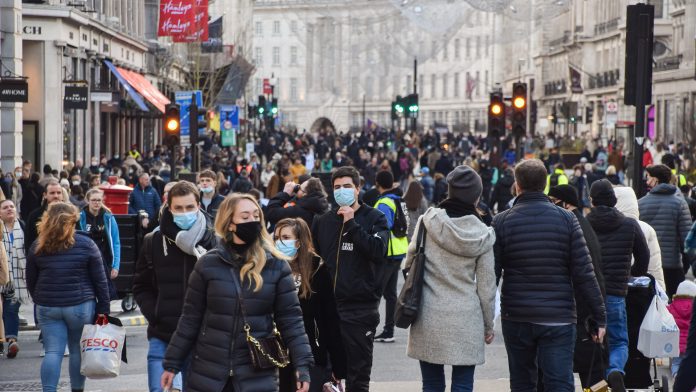
A new interactive graphic developed by UK researchers and published by The BMJ will help people to decide how to protect themselves and others in everyday situations from coronavirus.
The graphic has been designed to illustrate the risks of catching coronavirus in different scenarios and what can be done to reduce those risks based on available evidence. The research collates estimates from 26 international experts who analysed the different pathways that may be taken by coronavirus when it transfers between two people.
It also highlights the scientific consensus and how uncertainties and differences in opinion exist between experts.
Reducing coronavirus transmission
To create the tool, the researchers consulted 26 experts from a range of disciplines and countries and asked for every value needed to underpin the graphic.
These included the importance of different coronavirus transmission routes (small and large airborne droplets, contact with contaminated surfaces) during a range of activities like talking, coughing, exercising, and eating in different environments such as outdoors or indoors.
Additionally, researchers gathered estimates on the importance of different protective measures such as face masks in reducing the transmission of coronavirus.
An analysis of these values highlighted that airborne transmission routes were most important in almost all situations, whilst face coverings, especially when worn by an infected person as a form of source control, were the most important mitigation measure. But importantly, all routes were considered to play a part in transmission, and simple measures such as physical distancing, hand washing, and respiratory hygiene all made a useful contribution.
The researchers say the tool should support decision-makers and the public to make informed decisions about how to reduce virus transmission in different contexts, such as how to make a workplace or a public area as safe as it can be while still being open and functional.
Experts have differing opinions
The researchers found evidence gaps and differences in opinion amongst the experts around several variables, including the role of aerosol transmission, the effects of different kinds of masks on inhaled aerosols and the effects of face coverings on transfer from hands to eyes, nose and mouth.
“Everyone has been keen to know how much difference each possible action we’ve been told about makes, and finally we have been able to gather together enough knowledge from experts from around the world and in a range of fields to answer those questions,” explained author Alexandra Freeman at the University of Cambridge.
She added: “The tool is interactive so that you can explore the scenarios that are most relevant to you, whether it’s because you sing in a choir, or want to know about the risks of eating in a small restaurant. How much difference would it make if you opened the windows, or cleaned the surfaces? Have a look and find out.”
Co-author Harry Rutter at the University of Bath said: “It is all too easy to focus on just a single route of spread for covid and forget about all the others. One of the ways a tool like this can help is by making it really clear that all the transmission routes matter, in different proportions in different contexts. The fact that one of those routes – airborne transmission – is the main one in most situations doesn’t mean that we can ignore the others.”
The authors acknowledged some study limitations and said generating robust evidence on the complex and highly contingent routes of covid-19 virus transmission is not straightforward. But they said they hoped their approach “will prove helpful to those faced with the challenge of communicating complex, imprecise, and uncertain evidence in the future.”










